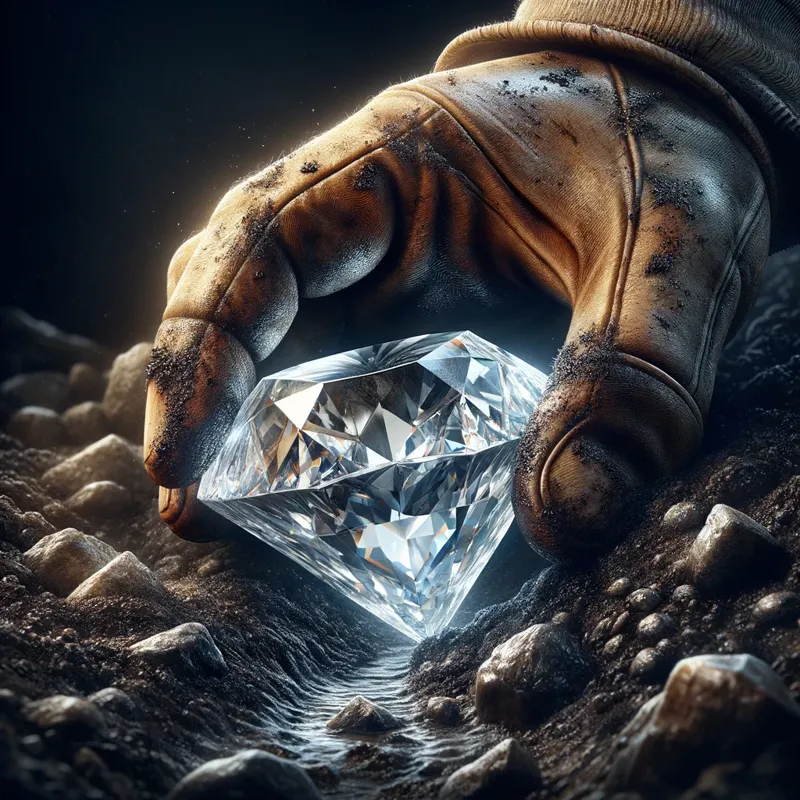
Through the looking glass
Gem cutting, an art and science, involves transforming rough crystals into stunning gemstones. It's a process that requires precision, creativity, and an understanding of the gem's physical properties. This intricate practice has been refined over centuries, evolving with advancements in technology and artistic techniques.
The journey of gem cutting begins with the raw, unpolished stone and ends with a beautifully faceted gem that showcases its best features. The transformation is not just physical but also adds value and appeal, making each stone a unique piece of art.
Understanding the Gem
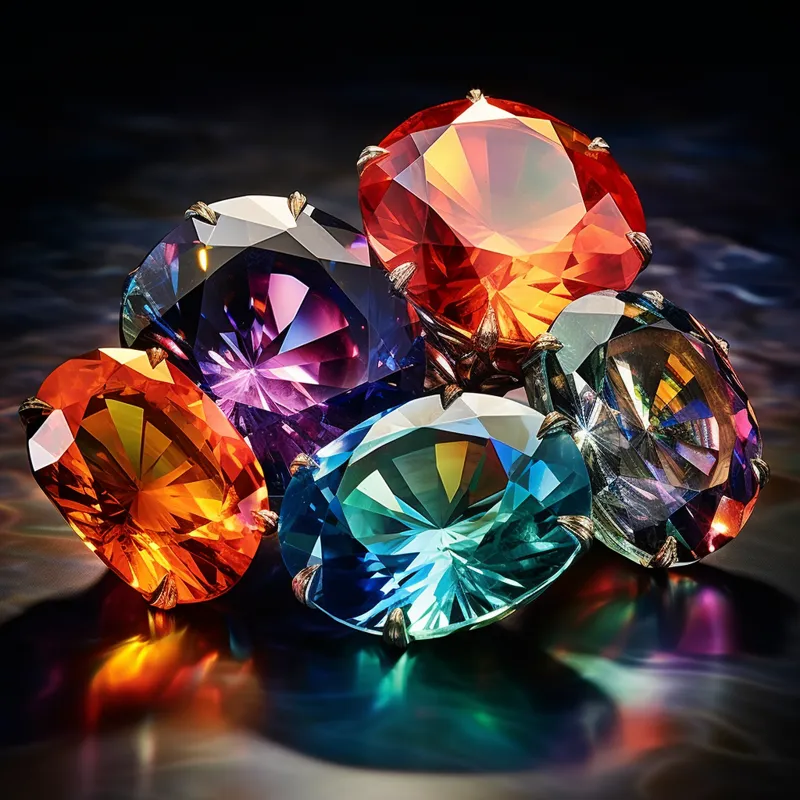
No two are the same
Before cutting, a thorough examination of the gem is crucial. Experts assess the stone's size, color, clarity, and inclusions. This initial analysis dictates the cutting style that will best enhance the gem's natural beauty. The goal is to maximize the gem's potential, keeping in mind the final shape, size, and color.
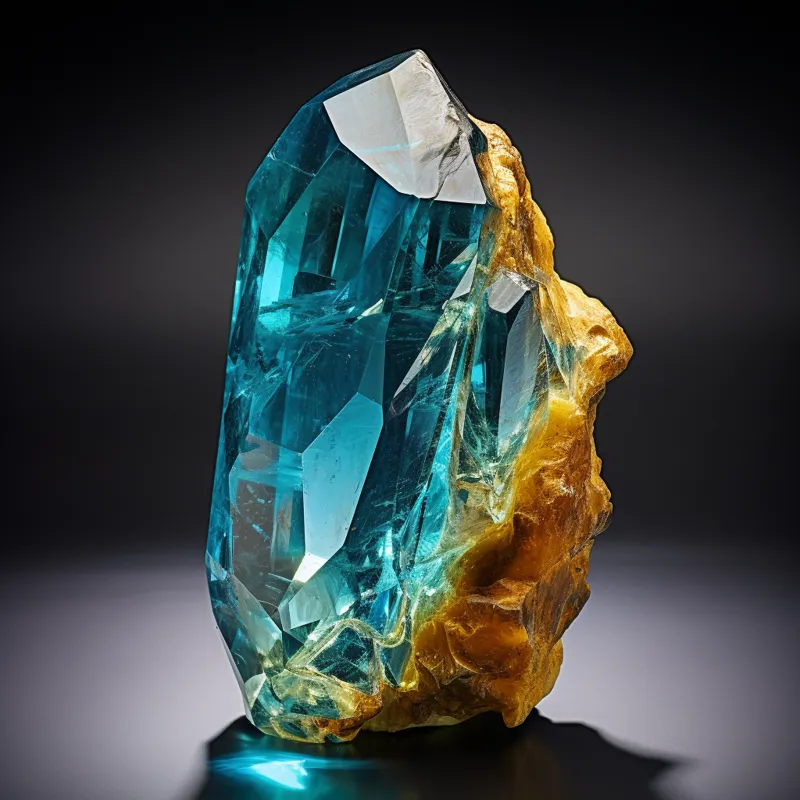
Born from the elements
The orientation of the gem also plays a vital role. The cutter must decide how to position the stone to highlight its best color and minimize flaws. This step is as much about the science of light and angles as it is about the cutter's intuition and experience.
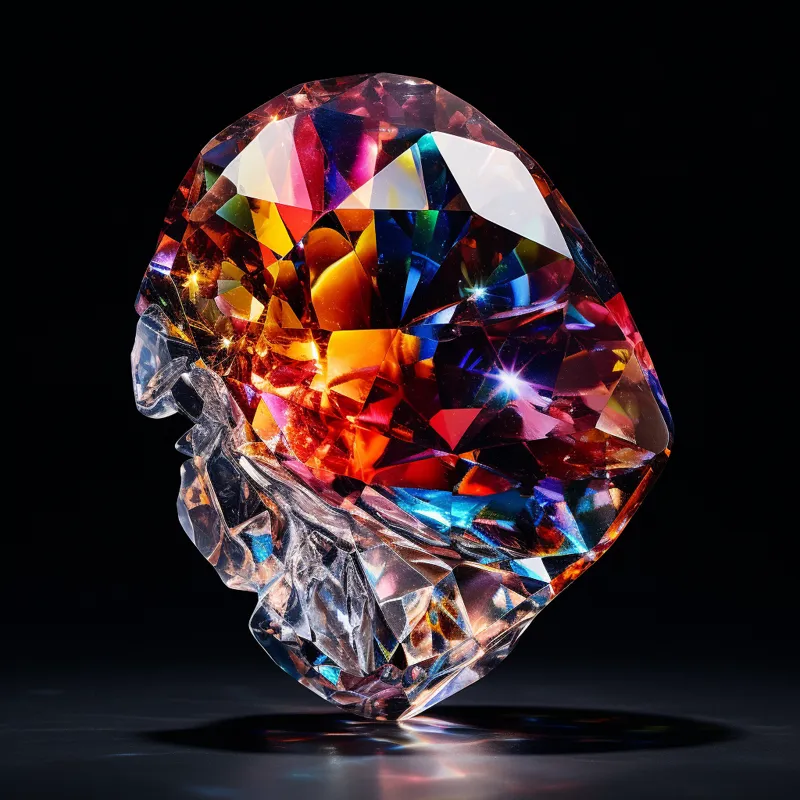
The mind's eye
Design and Planning
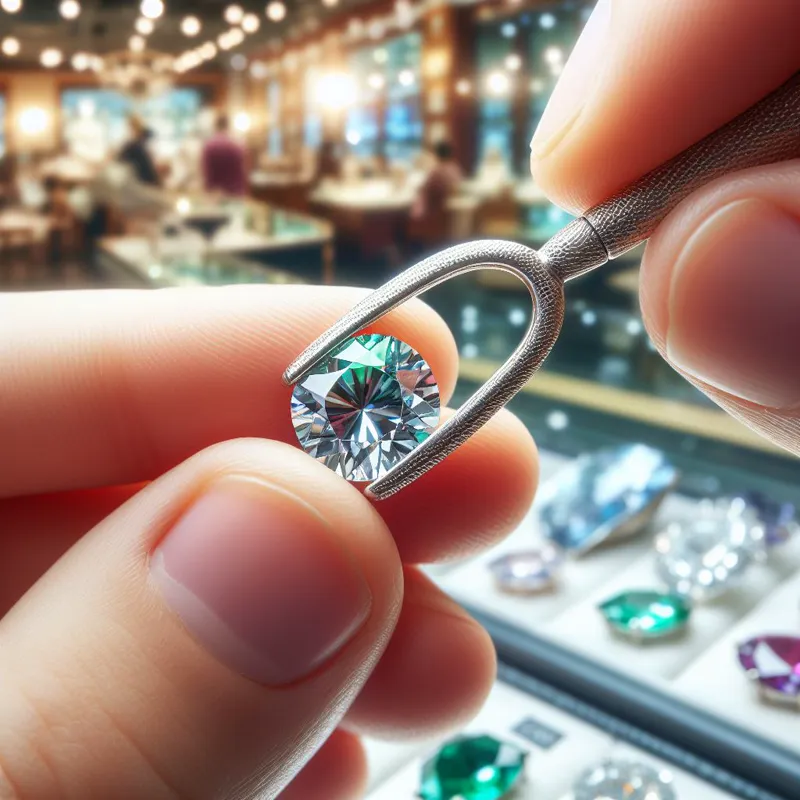
Setting a stone
The planning phase involves deciding the cut that will suit the gem best. Classic cuts like round, oval, or princess are popular, but sometimes, custom designs are created to make a unique piece. The cutter sketches a detailed plan, taking into account the gem's natural characteristics.

Look closer
Computer software is often used in modern gem cutting for precise calculations and visualizations. This technological aid allows for a higher degree of accuracy in planning, ensuring that each facet aligns perfectly to achieve the desired effect.
Cleaving and Sawing

A world inside a moment
For larger gems, cleaving or sawing is the first step in the cutting process. Cleaving involves splitting the gem along its natural planes of weakness, which requires a skilled hand and a keen eye. Sawing, on the other hand, is done with a diamond-tipped saw and is more precise.

Perspective change
This stage is crucial as it determines the basic shape and size of the final gem. It's a delicate balance between retaining as much material as possible and removing any major flaws or inclusions.

The pieces fall into place
Preforming

Where am I?
Preforming shapes the gem into a close approximation of the final form. This rough shaping is done using a grinding wheel, and it's where the cutter begins to bring the gem to life. This step is about refining the shape and preparing the stone for detailed faceting.

Deep breath
The skill of the cutter is paramount in preforming, as they must envision the final product and work methodically to achieve it. This stage sets the stage for the precise work to come in the faceting process.
Faceting

The butterfly effect
Faceting is where the gem truly begins to sparkle. The cutter uses a faceting machine to grind small, flat surfaces at precise angles. These facets will reflect light and create the gem's brilliance. The process requires extreme precision and patience, as each facet must align perfectly with the others.

The butterfly effect
The number and arrangement of facets depend on the chosen cut and the gem's natural properties. This meticulous process is a blend of art and science, where the cutter's skill transforms a rough stone into a dazzling gem.
Polishing

Getting back in the race
After faceting, the gem undergoes polishing to bring out its shine. Polishing is done using finer abrasives, often on a rotating lap. This step is critical as it removes all minor scratches and blemishes, leaving a smooth, shiny surface.

Body language
The polishing must be uniform across all facets to ensure a consistent shine. It’s a time-consuming process but essential to reveal the gem's true beauty and brilliance.
Inspection and Quality Control
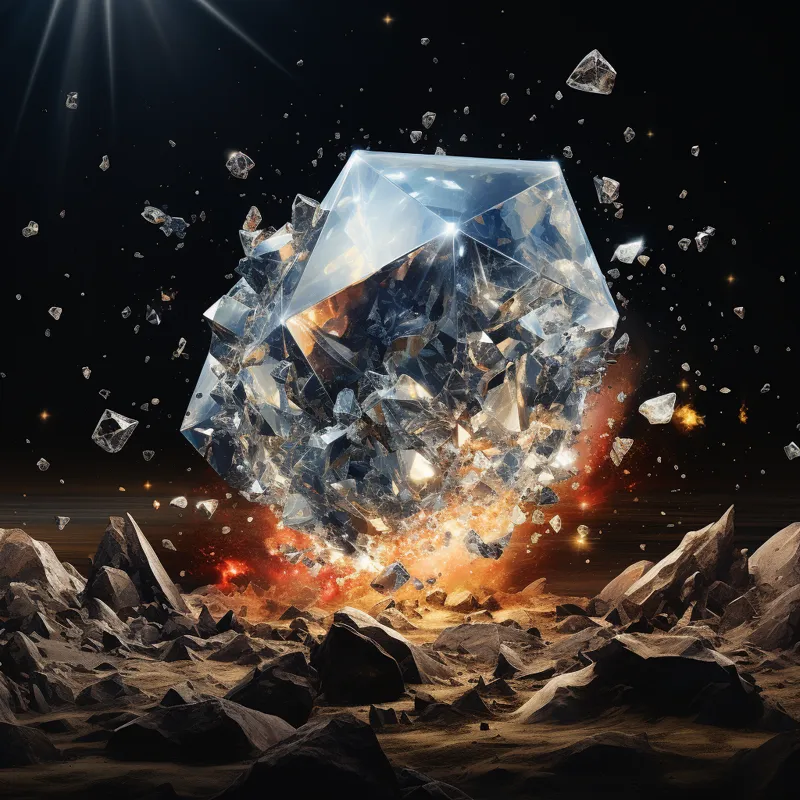
Heat and pressure
The final step is a thorough inspection. The gem is examined under magnification to ensure that all facets align correctly and the polish is flawless. Any minor imperfections are corrected at this stage.

The stone's true form
This meticulous quality control ensures that the gem meets the high standards expected in the industry. It's the final check before the gemstone is ready to be set in jewelry or sold as a loose stone.
Gem cutting is a remarkable journey from rough stone to a polished gem. It combines artistry with precision, turning natural minerals into treasures. Each step, from initial assessment to final inspection, is vital in shaping these natural wonders into symbols of beauty and value. The transformation of these stones is not just a testament to human skill but also a celebration of nature's gifts. Gem cutting remains a fascinating and intricate craft, a blend of tradition and innovation, continuing to captivate and inspire.

















